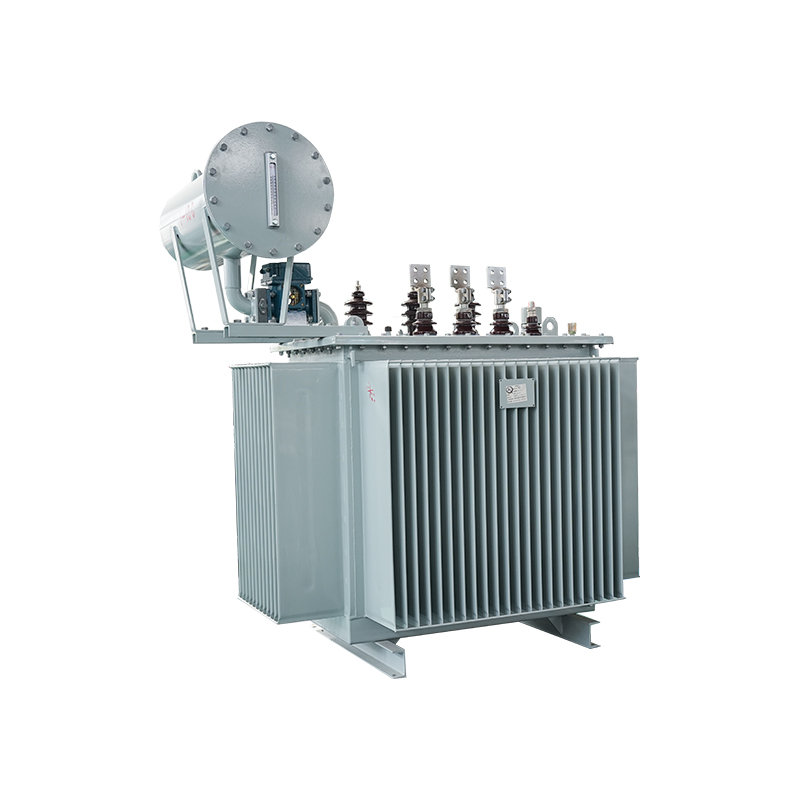What are the specific losses that occur in traditional transformers and how do energy-saving transformers address them?
In the realm of electrical distribution systems, transformers stand as the silent heroes, facilitating the transfer of power across various voltage levels. Yet, amidst their crucial role, traditional transformers harbor inherent inefficiencies, contributing to energy losses that echo through the grid. This is where the transformative prowess of energy-saving transformers emerges, wielding innovative designs to mitigate losses and amplify efficiency.
To understand the significance of
energy-saving transformers, we must first dissect the specific losses that plague traditional counterparts. These losses primarily manifest in two forms: core losses (iron losses) and copper losses.
Core losses, stemming from the transformer's magnetic core, occur due to hysteresis and eddy currents induced during the cyclic magnetization process. Traditional transformers often employ conventional silicon steel cores, which exhibit substantial hysteresis losses and eddy current losses. These losses translate into heat dissipation, diminishing overall efficiency.
Copper losses, on the other hand, arise from the resistance of the transformer windings. When electricity flows through the copper windings, a portion of energy is converted into heat due to electrical resistance, resulting in power dissipation. The magnitude of copper losses escalates with increasing load currents, posing a significant hurdle to efficiency.

Enter energy-saving transformers, armed with a repertoire of innovations meticulously crafted to combat these losses and usher in a new era of efficiency. At the forefront of their arsenal lies the utilization of advanced core materials, such as amorphous or nanocrystalline alloys. These materials exhibit superior magnetic properties, drastically reducing core losses compared to traditional silicon steel cores. By minimizing hysteresis and eddy current losses, energy-saving transformers operate with heightened efficiency and reduced heat generation.
Moreover, energy-saving transformers optimize winding designs to curtail copper losses. Through meticulous engineering, these transformers employ larger conductor cross-sections and innovative winding configurations to mitigate resistance and enhance conductivity. This strategic approach ensures that minimal energy is dissipated as heat, even under high load conditions, fostering efficiency across the entire operational spectrum.
Furthermore, insulation plays a pivotal role in the efficiency equation of
energy-saving transformers. These transformers leverage advanced insulation materials and techniques to bolster dielectric strength and thwart losses due to leakage currents. By fortifying insulation integrity, energy-saving transformers uphold operational reliability while minimizing energy wastage—a testament to their holistic approach towards efficiency enhancement.
In essence, energy-saving transformers embody a paradigm shift in the realm of electrical distribution, transcending the limitations of traditional counterparts to deliver unparalleled efficiency gains. By addressing core losses through advanced core materials, mitigating copper losses via optimized winding designs, and fortifying insulation integrity, these transformers herald a new era of energy conservation and sustainability. In a world increasingly reliant on electrical power, the advent of energy-saving transformers represents a beacon of hope—a testament to human ingenuity in the pursuit of a greener, more efficient future.

Contact Us